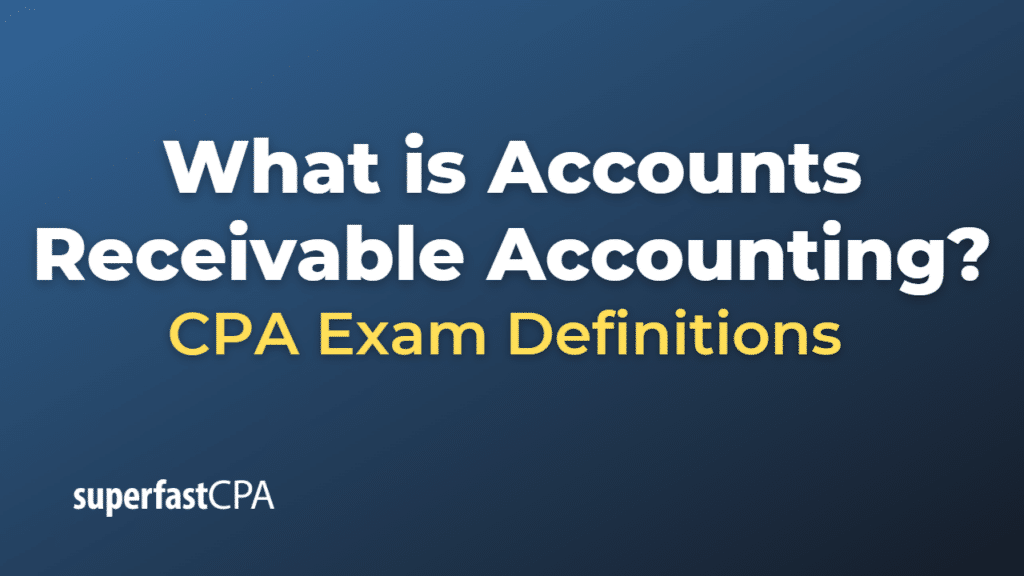Accounts Receivable Accounting
Accounts receivable accounting refers to the process of recording, managing, and tracking the money owed to a company by its customers for the goods or services provided on credit. Accounts receivable is an essential aspect of a company’s financial management and is recorded as an asset on the balance sheet. Efficient accounts receivable accounting helps a company ensure timely collection of payments, maintain a healthy cash flow, and minimize bad debts.
Key aspects of accounts receivable accounting include:
- Credit extension: The company sets credit terms and conditions for its customers, including credit limits, payment terms (e.g., net 30 days), and any discounts or incentives for early payment.
- Invoice issuance: The company issues invoices to customers, detailing the goods or services provided, the amount due, and the payment terms.
- Recording accounts receivable: The company records accounts receivable transactions in its accounting system, typically as debits to the accounts receivable account and credits to the revenue account. This increases the accounts receivable balance and recognizes the revenue earned.
- Tracking and monitoring: The company regularly tracks outstanding receivables, aging of receivables, and payment patterns to manage collections, assess credit risk, and make adjustments to credit terms if necessary.
- Payment collection: The company follows up with customers to ensure timely payment, using payment reminders, collection efforts, or legal actions as needed.
- Payment application: When a payment is received, the company records the transaction as a credit to the accounts receivable account and a debit to the cash account, reducing the outstanding receivable balance.
- Bad debt management: If a customer fails to pay an outstanding receivable and the company determines it’s uncollectible, the company writes off the bad debt, typically by debiting a bad debt expense account and crediting the accounts receivable account.
By properly managing accounts receivable accounting, companies can maintain strong customer relationships, optimize cash flow, and minimize the risk of bad debts, contributing to the overall financial health and stability of the business.
Example of Accounts Receivable Accounting
Let’s consider a fictional company called “Creative Design Studio,” which offers graphic design services to clients on credit, with payment terms of net 30 days.
Here’s an example of accounts receivable accounting for Creative Design Studio:
- Creative Design Studio completes a project for a client, Client B, and the total invoice amount is $5,000.
- Creative Design Studio issues an invoice to Client B with a due date 30 days from the invoice date.
- Creative Design Studio records the accounts receivable transaction in its accounting system:
- Debit: Accounts Receivable $5,000
- Credit: Revenue $5,000
- Creative Design Studio regularly tracks the outstanding invoice and sends payment reminders to Client B as needed.
- On day 20, Client B makes the payment of $5,000.
- Creative Design Studio records the payment transaction in its accounting system:
- Debit: Cash $5,000
- Credit: Accounts Receivable $5,000
- If Client B had failed to pay the outstanding receivable and Creative Design Studio determined it was uncollectible, they would write off the bad debt as follows:
- Debit: Bad Debt Expense $5,000
- Credit: Accounts Receivable $5,000
Throughout this process, Creative Design Studio manages its accounts receivable accounting to ensure prompt payment, maintain a healthy cash flow, and minimize the risk of bad debts. By tracking and monitoring outstanding receivables, Creative Design Studio can take appropriate actions to collect payments, adjust credit terms, or initiate collections efforts when necessary.













